These cards I printed in May 2018 seem particularly useful during these trying times.
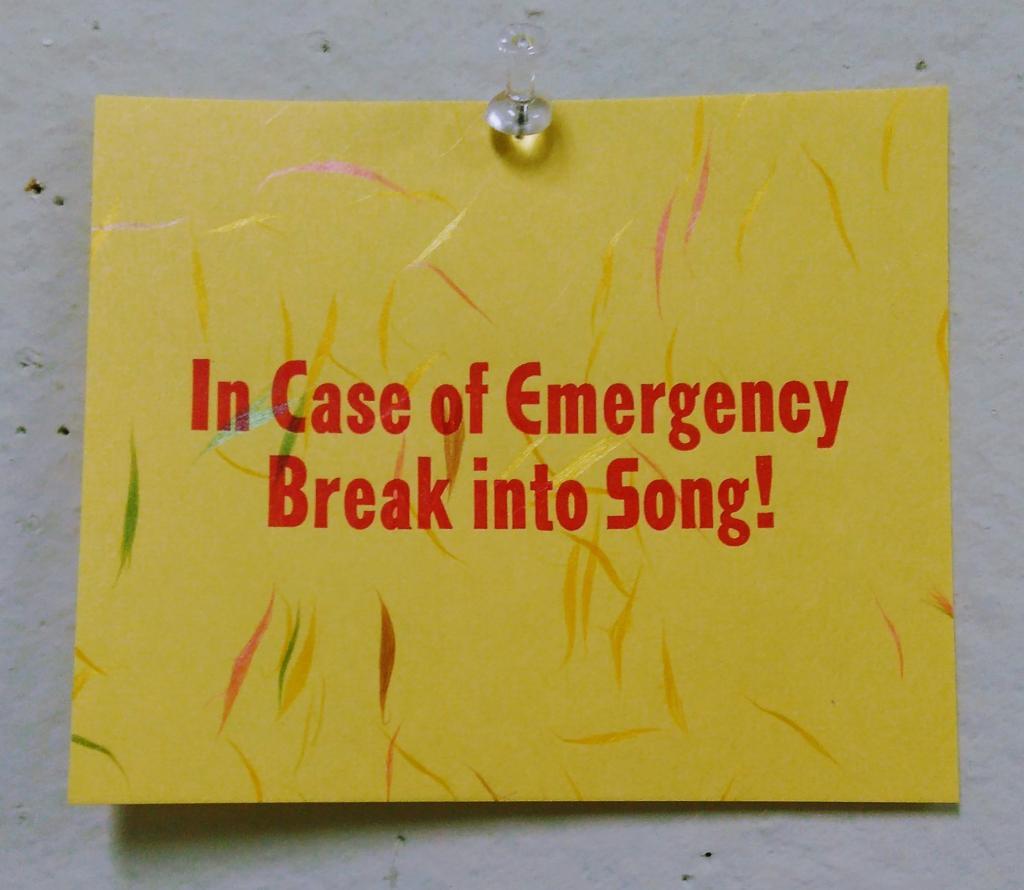
I didn’t know how much I was missing day to day interactions with human beings, at least ones that I have not fathered, until we held Pen Night online tonight, spending two and a half hours together in a videoconference. A meeting that, after a few had dropped out, and with pixelation to protect the innocent attendees, looked like this:
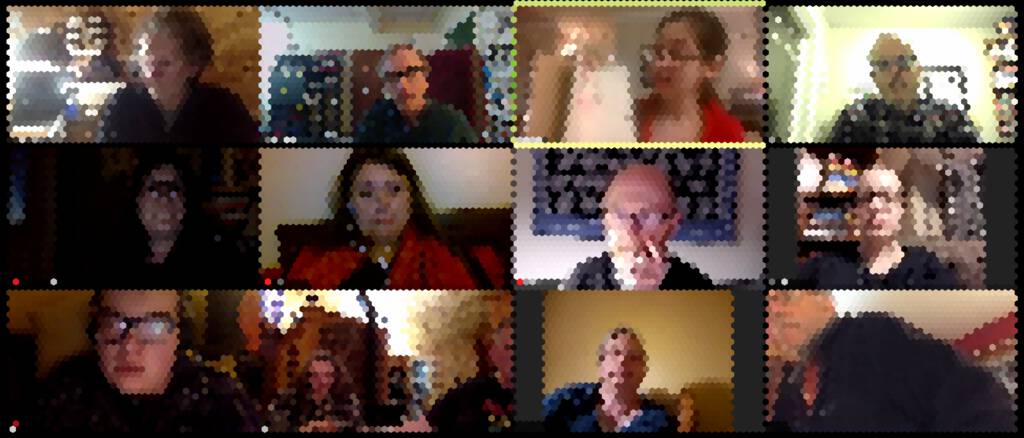
It was wonderful. Not quite as nice as a face to face get together, but, as I said as we concluded, something that resulted in at least a 25% increase in the state of my mental health.
It’s good to be reminded that social distancing doesn’t mean that we need to cut off contact with humanity; that this pandemic has come at this time, with the tools and bandwidth to support high-fidelity telepresence, is a great gift.
We used Zoom for the meeting, an app that all the cool kids seem to have landed on all at once over the last year (one wonders whether its status as the hip anti-Skype will hold once the calculus lectures start to be offered via Zoom next week as e-learning fires up across the continent).
You can use Zoom for free to host a meeting for up to 100 people for up to 40 minutes; I upgraded my Zoom to the $15.00/month plan which allows meetings of up to 24 hours (what a Pen Night that would be!).
This is my second Zoom of the pandemic era, and in both cases the attendees were a mix of young and old, digital-savvy and not; everyone seemed to figure it out without needing additional support, which is perhaps Zoom’s greatest selling feature: it just works.
If you have a board or a club or a group or a night, and you want to keep it going despite the need for us all to remain apart, I heartily recommend you consider this as an option; tonight it wasn’t so much the inks and the pens and the paper and the notebooks that was the important thing for me, it was the collegiality. Collegiality seems in short supply these days; fortunately it’s easily manufactured.
Time to resurrect a long dormant skillset and get some dough rising.
I like books that wear their history on their sleeves.
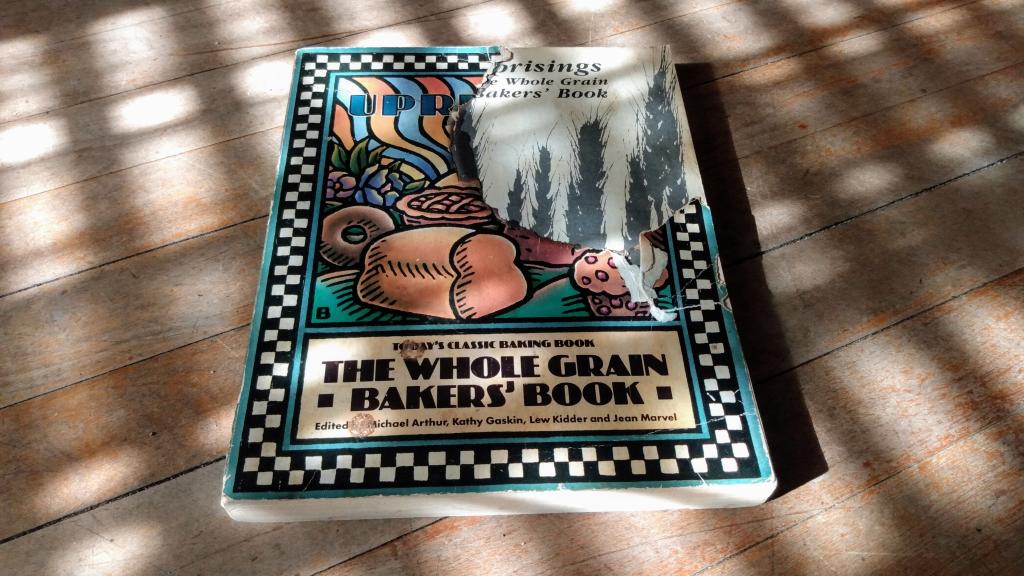
One of the things that has given me the most pleasure in the two months since Catherine died has been finding new homes for the tools and supplies that were the stuff of her trade.
Our friend Carol came by to help organize things, before leaving town three weeks ago, and was able to take some fabric, and some thread, and some of the almost-finished projects that Catherine left behind; she will finish them. That makes me happy.
I sent a box of treasures to Luisa in Sweden; Catherine and Luisa shared a special bond, despite living on opposite sides of the Atlantic and seeing each other seldom. I didn’t know what to include in the box, so I was wide-ranging in my curation. Luisa emailed, upon receiving it, to tell me that I chose well; that makes me so happy. Luisa will use the tools, and turn the materials into new things; that too makes me happy.
Catherine’s sewing machine and serger went to our friend Ila, who she taught to sew, every Thursday morning she was able, almost until her very end. Catherine loved Ila dearly, and saw a special spark in her, and nothing would make her happier to know that Ila will continue to put those machines to good use, and that she’s predisposed to teaching others the things that Catherine taught her.
Her Schacht spinning wheel found a new home with our friend Evelyn, someone I’ve known since my early days working with the PEI Crafts Council 25 years ago, a talented weaver who has decided to take up spinning. Evelyn picked up the spinning wheel a few weeks ago, but found there were parts missing and emailed me to ask about them; I rambled around Catherine’s studio until I found them, and sent Evelyn this photo to confirm that’s what was missing (it was):
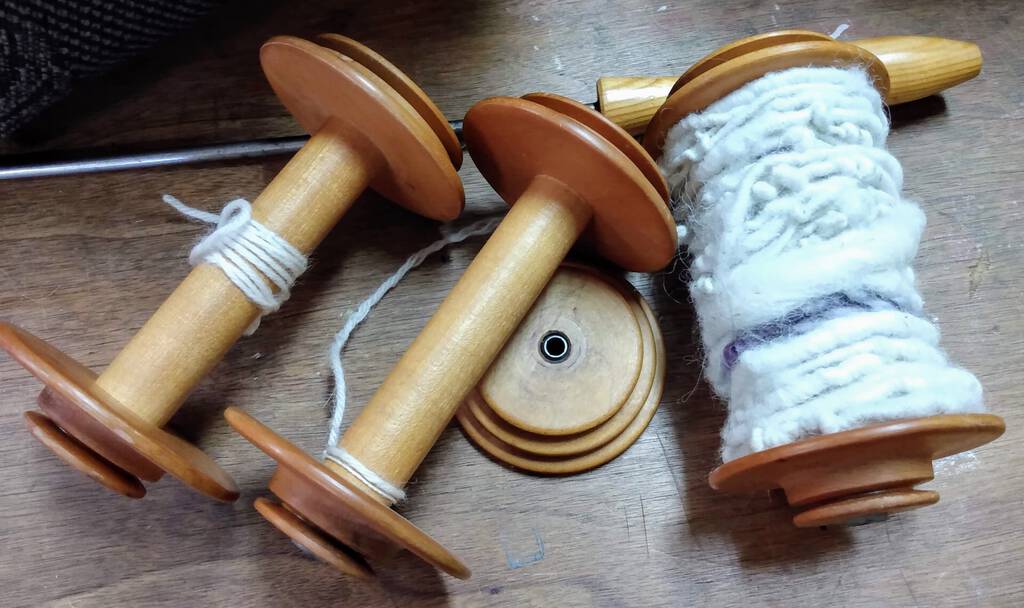
It wasn’t until I looked at the photo, taken in a hurry just before I was headed home for the night, that I realized how evocative of Catherine it is: there is not a time in living memory that I cannot recall bits and bobs of things like this filling every nook and cranny of our house. Serious analog.
I must admit to having lurked, as Catherine, on her extant Instagram account, from time to time since she died; in there I find a steady stream of knitting and weaving and woodworking and quilting–all the things that she was interested in. Instagram was really the only part of the Internet that successfully attracted Catherine’s attention: it is all about images, as she was, so it was written in her native language. Her last post was just a month before she died, a collection of photos and a video of her beloved Christmas village.
I’m mindful that Catherine’s stream in Instagram ended; it makes me happy to know that the people out there that she was connected to will keep creating.

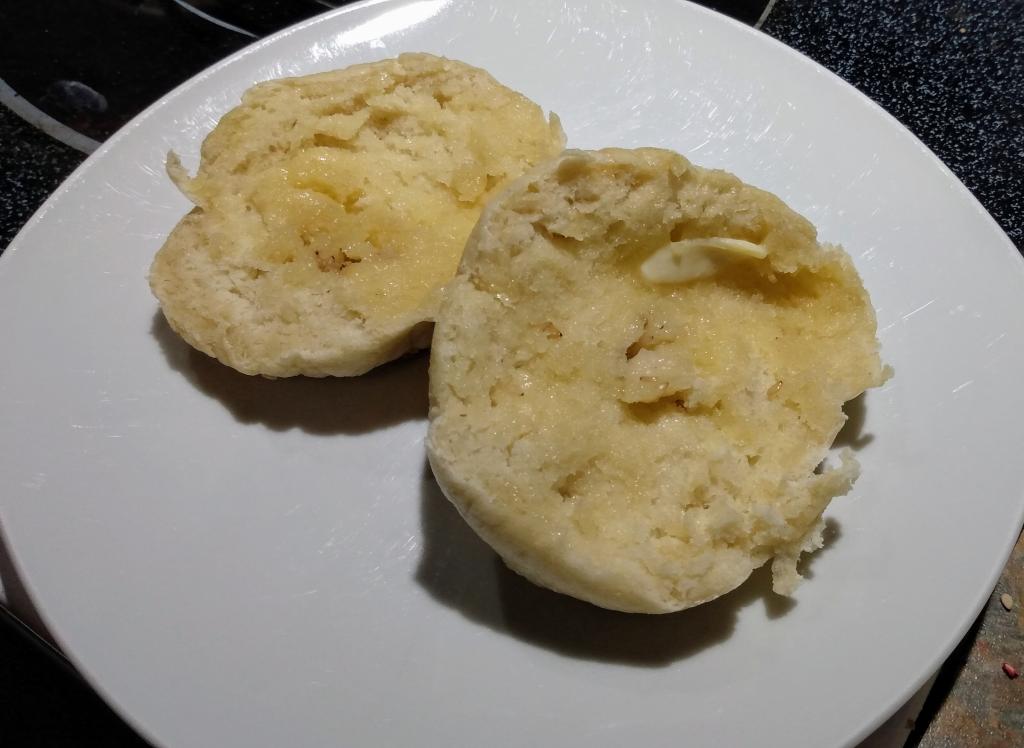
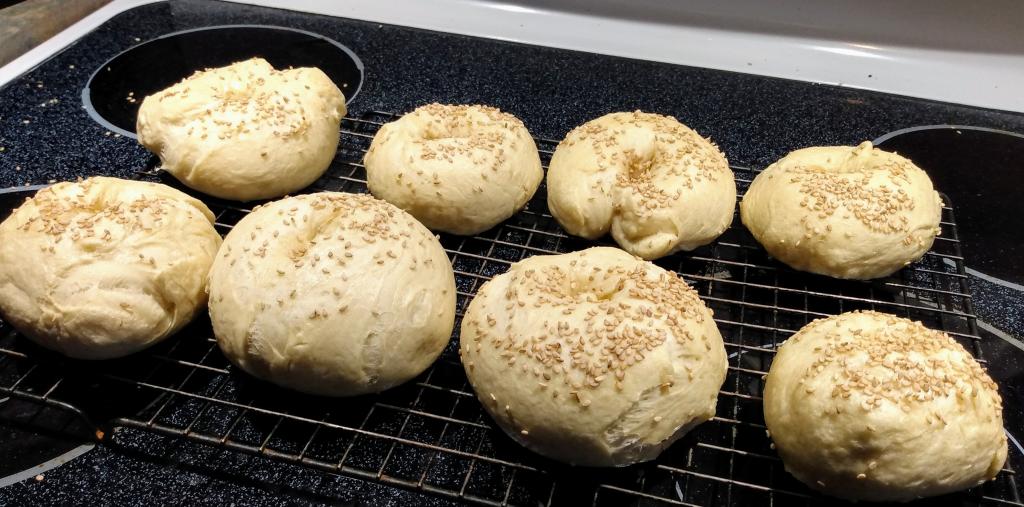

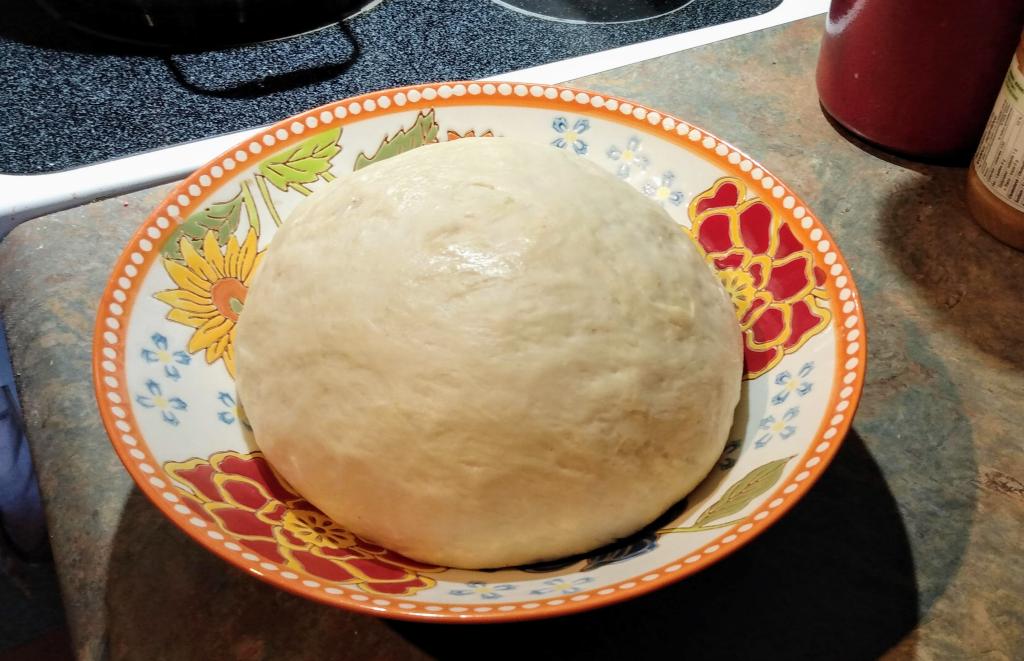
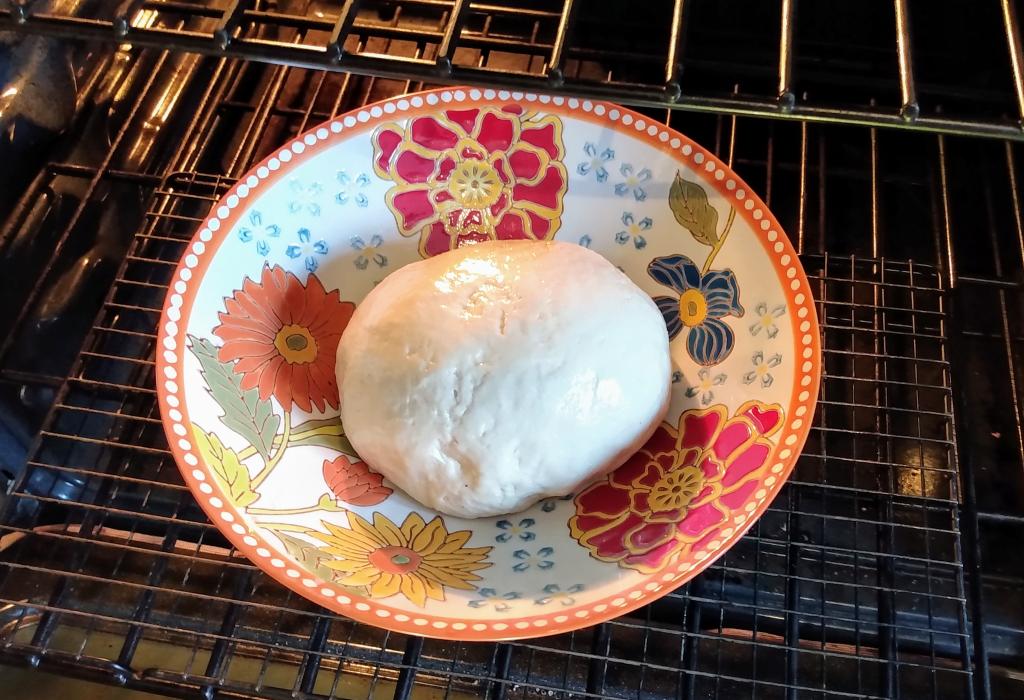
 I am
I am